In the crypto world, leveraged tokens let you open a leveraged position without complex rules and management. FTX is particularly well-known for this feature.
Recently, more and more investors and institutions are interested in crypto trading. As a result, the industry keeps improving and becoming more complex from time to time. This also means that more tradable assets, tools, and projects with various functionalities have been introduced worldwide. One that has gotten the attention of many crypto investors is leveraged tokens.
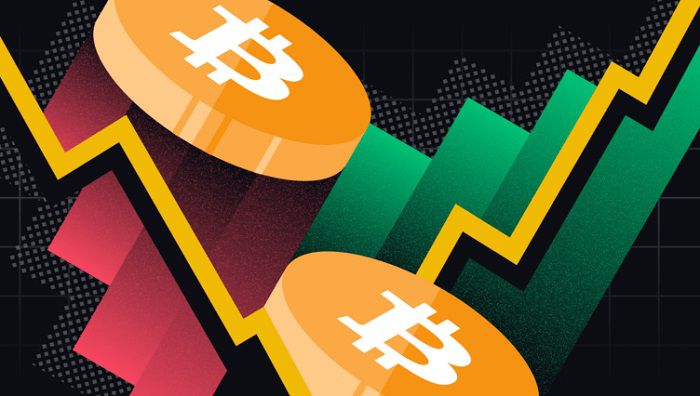
Leveraged tokens are popular among traders, but still rather untouched by financial authorities. Even among crypto traders, the concept is still considered new, and for those who haven't heard anything about it yet, perhaps it sounds complicated.
Leveraged tokens, much like the name implies, are essentially ERC-20 tokens that can give traders leveraged exposure to crypto markets without the hustles of managing a leveraged position. Unlike margin trading, leveraged tokens can offer higher convenience for traders as there is no need to put up collateral in the trade. Therefore, they don't really have to worry about liquidation risk or other matters such as margin calls.
An easy example of leveraged tokens is ETHBULL, which is worth 3 times regular ETH. For every 1% ETH goes up in a day, ETHBULL goes up 3% and vice versa.
Contents
- Where to Trade Leveraged Tokens?
- How Do They Work?
- Understanding Rebalance in Leveraged Tokens
- The Benefits of Using Leveraged Tokens
- 3 Ways to Trade Leveraged Tokens
- Trading Fees for Leveraged Tokens on FTX
- Do Leveraged Tokens Perform Better than Margin Positions?
- Is There Any Risk?
- Should We Buy Leveraged Tokens?
Where to Trade Leveraged Tokens?
There are several exchanges that offer leveraged tokens, and one of them is FTX. Founded in 2019, the company offers many interesting features, advanced order types, competitive fees, and a wide ion of NFT products. Currently, there are four types of leveraged tokens for every future on FTX:
- BULL (+3x leverage)
- BEAR (-3x leverage)
- HEDGE (-1x leverage)
- HALF (1/2 leverage)
So, whenever ETH goes up 1% in a day, ETHBULL will follow and increase by 3%, ETHBEAR will go down by 3%, ETHHEDGE will go down by 1%, and ETHHALF will go up by 0.50%. In contrast, whenever ETH goes down 1% in a day, ETHBULL will fall by 3%, ETHBEAR will go up by 3%, ETHHEDGE will go up by 1%, and ETHHALF will go down by 0.50%.
How Do They Work?
On FTX, leveraged tokens hold and get exposure through perpetual futures. Let's say you want to trade $10,000 ETHBULL. Once you send the order, the FTX account will buy $30,000 worth of ETH perpetual futures. Therefore, the ETHBULL will be 3x long ETH.
On the contrary, you can also redeem your leveraged tokens for their net asset value. In order to do so, you need to send your $10,000 ETHBULL back to FTX. This action will destroy the token because FTX needs to sell them in exchange for $30,000 ETH futures.
Understanding Rebalance in Leveraged Tokens
Another thing that you need to know is that each leveraged token has target leverage and in order to maintain that leverage and avoid liquidation, the token needs to rebalance. If the trade is winning, the profits will be reinvested, but if the trade is losing, the token will sell some of its position. Leveraged tokens rebalance every day at 00:02:00 UTC.
For example, the current holdings of ETHBULL are -$20,000 and + ETH150 per token, and the price of ETH is $210. The net value of ETHBULL is (-$20,000 + 150 x $210) = $11,500 per token and an ETH exposure of 150 x $210 = $31,500 per token. As a result, the token's leverage is 2.74x so it needs to buy more ETH the next day to return the 3x leverage.
This is what the rebalance process is all about. That being said, each leveraged token must reinvest profit every day if it made money and sell some of its position if it lost money.
Any token will also rebalance if there's a dramatic intraday move that causes its leverage to be at least 33% higher than its target leverage. So, if the market moves low enough to get a BULL token to have 4x leverage, it will automatically rebalance. Generally, this could happen if the market moves around 11.15% for BULL tokens, 6.7% for BEAR tokens, and 30% for HEDGE tokens. Meanwhile, HALF tokens do not have intraday rebalances because they are ½ leveraged.
In a nutshell, here's how the process of rebalances happens on FTX platform:
- FTX regularly monitors the target leverage of each leveraged token. If any 3x token leverage goes above 4x magnitude, it triggers a rebalance for that leveraged token.
- When a rebalance is triggered, FTX calculates the number of units that the underlying token needs to buy or sell in order to go back to the 3x leverage, marked to the prices at that time.
- FTX then sends orders in the FTX perpetual futures order book to rebalance. It can send a maximum of $4 million orders per 10 seconds until it reaches the desired total size.
The Benefits of Using Leveraged Tokens
The most obvious benefit of leveraged tokens is the chance of getting higher gains. But apart from that, leveraged tokens also have several other unique benefits in comparison to other leveraged products, such as:
No Need to Worry about Margins
Unlike margin trading, you won't need to manage margin, liquidation prices, and anything of some sort. This also means that you don't need to put collateral to open a position. You can just simply buy the tokens on a spot market and automatically open a leveraged position if you use them to trade.
Easy Risk Management
Leveraged tokens can manage risk on their own. For instance, BULL, BEAR, or HEDGE tokens will automatically reinvest profits into the underlying asset. So, if you manage to gain profit from your leveraged token position, the tokens will automatically be put on a 3x leveraged position with that.
These tokens will also automatically reduce risk if your trade is losing. Let's say you use regular leveraged trading and open a 3x long ETH position. If the price falls by 33% in the following month, then your position must be liquidated and you will have nothing left. Meanwhile, if you decide to buy ETHBULL, the leveraged token will automatically sell some of its ETH as the market goes down to avoid liquidation risk. As a result, you will still have some assets left even after the 33% drop.
However, if you use HALF tokens, the scenario would be different. Since the tokens are only ½ leveraged, HALF tokens will only sell some of the assets when it goes up and buy them back when it goes down.
Withdraw at Anytime
We've mentioned that leveraged tokens are ERC-20 tokens, which means you can withdraw them from your account whenever you want. Just go to your wallet and send the leveraged tokens to any ETH wallet. Alternatively, you can also send them to other platforms that accept leveraged tokens, like BitMax and Gopax.
3 Ways to Trade Leveraged Tokens
There are multiple ways that you can choose to buy or sell leveraged tokens. However, the following are three of the most common ways to do so:
Using Spot Markets
The easiest way to buy or sell leveraged tokens is on the spot market, so this method is highly recommended. So, you can simply head over to the spot market of the leveraged token and make your trades. On FTX, you need to go to the leveraged tokens market page and click on the menu. Alternatively, you can also click on the underlying future on the top bar and click on the market name.
Convert the Crypto in Your Wallet
This option allows you to buy or sell leveraged tokes directly from your wallet by using the convert function. So, find a token and click the "CONVERT" button on the right side of the screen. A pop-up message will show up and you can choose any of your coins to be converted into the leveraged token.
Creation or Redemption
You can also create or redeem leveraged tokens. Just visit the tokens page and click "more info". If you choose to create, let's say, $10,000 ETHBULL, you basically open a market order to buy $30,000 of ETH-PERP. You will then have to pay the total amount of the buying price to send the corresponding amount of ETHBULL into your account.
However, this method is not recommended if you haven't read all of the rules and conditions on leveraged tokens. Please note that creating or redeeming leveraged tokens will impact the market and you won't know what price you'll get until the process is done.
Trading Fees for Leveraged Tokens on FTX
Apart from the standard trading fees, FTX charges two other types of fees for leveraged tokens. The first one is the 0.10% creation and redemption fee, which you must pay every time you create or redeem leveraged tokens. The second one is the $0.03 per day management fee, which will be taken out of the net asset value of the leveraged tokens. Thus, you won't see an actual token balance decrease or USD charge in your account. Note that HALF tokens have 0.01% per day management fee because they have lower leverage.
See also: Crypto Exchanges with the Lowest Fees
Do Leveraged Tokens Perform Better than Margin Positions?
It's pretty clear that BULL and HALF tokens perform well when price increase, while BEAR and HEDGE tokens work best when prices fall. However, it's also necessary to learn when these tokens are most profitable if we compare it to regular margin positions.
Reinvesting Profits
As mentioned, leveraged tokens automatically reinvest their profits if the trade is winning. This means, whenever you have a winning position, they'll increase the position size. So, if at some point ETH goes up once and up again in the next, you'll have a better position with ETHBULL than +3x ETH since the leveraged token reinvested the profits from the first day it got back into ETH. However, if ETH goes up once and drops back down, ETHBULL will do worse because it increases its exposure.
HALF tokens work in the opposite way. It will do better than margin positions if ETH goes up and then back down, but will do worse if ETH keeps moving upward.
Reducing Risk
If the trade is losing, the leveraged tokens will reduce the risk by tapering the position size, which is necessary to avoid liquidations. So if ETH falls one day and then down again in the next, ETHBULL will perform better than +3x ETH because after the first loss, ETHBULL immediately sells some of its ETH to return to x3 leverage. However, if ETH prices rise and fall back down, ETHBULL will do worse because it reduces the exposure after the first loss and took less advantage of the recovery.
As usual, HALF tokens work in the opposite way.
Is There Any Risk?
As with any other investment, leveraged tokens also have risks. The most obvious one is getting losses. Since you leverage the position, you can amplify your gains as well as your losses. If the market moves against you, you could lose a lot more than you would have done if you hadn't incorporated any leverage in your trade. Also, even though the risk of liquidation is much lower than margin trading thanks to the rebalancing system, it doesn't mean that it couldn't happen when the market is extremely rough.
See Also:
Another risk associated with leveraged tokens is known as volatility decay, which forms as a negative impact of a volatile market. Let's say you buy $100 ETH and the price increases by 20% in the following day so you get $120 profit. If the price falls by 20% in the day after that, you lose $24 and you only have $96 left in your account. This might not sound that bad, but let's reimagine the situation if you use leveraged token.
You start by buying $100 ETHBULL (3x long leveraged token). On the first day, the price goes up by 20%, lifting your balance to $160. But if the price drops by 20% on the second day, the token will turn it into a 60% loss and leave you with only $64. This shows that a minor loss would hurt your balance even faster than with regular crypto trading.
In other words, the more volatile the underlying asset is, the more value that the token could lose over time.
Should We Buy Leveraged Tokens?
All in all, there is nothing wrong with leveraged tokens as long as it's managed correctly. Leveraged token can be a great alternative to make some extra money in the short-term or to give bigger exposure to your core portfolio. It is highly recommended to take your time to research currencies that you believe will perform well in the future and only invest according to your risk tolerance.
But it's important to remember that cryptocurrency can also be extremely risky at times. If you are considering buying and trading with leveraged tokens, you need to fully understand about how they work and what the risks are. You also need to know specifically how rebalancing works on the platform that you're planning to use because it can lead to dramatic losses if you're not careful.
That is part of the reason why leveraged tokens are more suitable as short-term investments for advanced crypto traders. The crypto market is highly volatile, and we know that volatility is not exactly compatible with leveraged tokens. So if you open a position with leveraged tokens and hold it for a long time, there's a high chance that you'll end up losing way more than you gain because of the leverage.
Another thing to consider is that not all crypto exchanges offer leveraged tokens. In fact, most crypto exchanges don't sell them. The few that offer leveraged tokens usually apply high fees. Therefore, make sure to choose an exchange that supports leveraged tokens before registering. As the first exchange that introduces leveraged tokens, FTX is a great choice to start with. Some of the benefits you can get are relatively low fees, easy-to-use platform, high security, and speedy execution. You can start trading leveraged tokens on FTX after signing up an account with them.

 Dedicated FREE FOREX VPS
Dedicated FREE FOREX VPS Free FOREX Virtual Private Server
Free FOREX Virtual Private Server MT4 Demo Contest, Get $500
MT4 Demo Contest, Get $500 Sign Up for an Account, Claim 60% Deposit Bonus
Sign Up for an Account, Claim 60% Deposit Bonus Free MT4/MT5 VPS 2024
Free MT4/MT5 VPS 2024 Send E-mail and Get Free Merchandise
Send E-mail and Get Free Merchandise $1K Refer a Friend Bonus for Pepperstone Pro clients
$1K Refer a Friend Bonus for Pepperstone Pro clients Maximize Your Earnings with 100% Deposit bonus
Maximize Your Earnings with 100% Deposit bonus Trade to Win, $5,000 Monthly Demo Contest
Trade to Win, $5,000 Monthly Demo Contest Claim 30% + 15% Deposit Bonus from LiteFinance
Claim 30% + 15% Deposit Bonus from LiteFinance
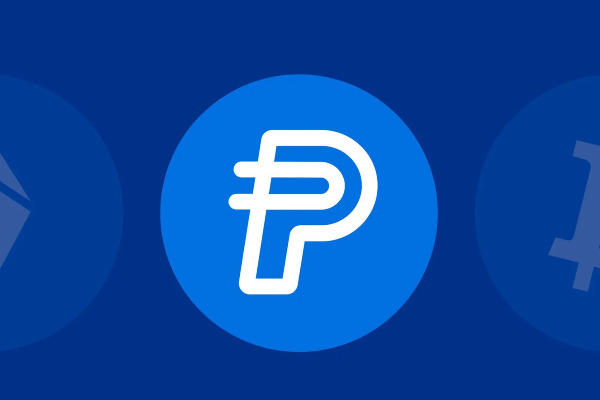
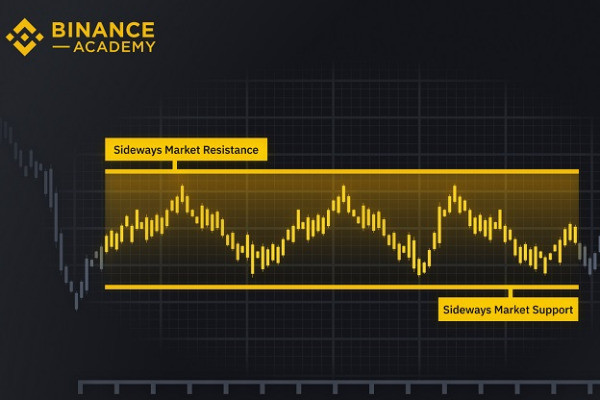
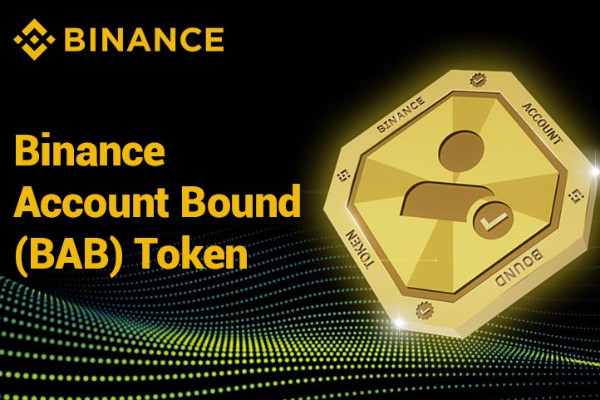

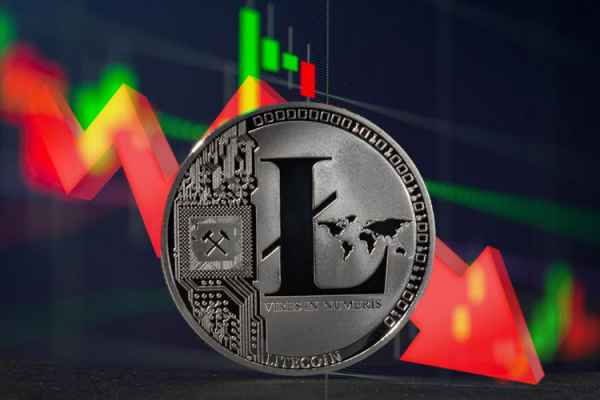

 Bitcoin
Bitcoin Ethereum
Ethereum Tether
Tether BNB
BNB Solana
Solana USDC
USDC XRP
XRP Dogecoin
Dogecoin Toncoin
Toncoin Cardano
Cardano
10 Comments
Bianca Smith
May 25 2022
What happens if we trade leveraged tokens in the long term?
Divany
Jun 30 2022
Bianca Smith: Volatility decay and high management fees are the main reasons why leveraged tokens are not suitable for long-term trading. If you hold the position for too long, the price might move drastically and make you lose a lot of money. On top of that, you'll have to pay the accumulated additional maintenance fees.
Floribeth
Jun 17 2022
What kind of market is the best for leveraged token (trending or ranging)?
Divany
Jul 28 2022
Floribeth: Leveraged tokens perform best in markets where there are strong trends and momentum. Also, they are more compatible for short-term strategies because leveraged tokens are rebalanced every day, so the long-term performance can be highly unpredictable.
Hendery
Jul 2 2022
Is leveraged token good for beginner traders?
Divany
Aug 25 2022
Hendery: Leveraged tokens are certainly not beginner-friendly. If you're not careful, such assets can make you lose money very quickly. Make sure to consider the risks before you start trading.
Kelly Foltres
Jul 4 2022
Where else can I buy or sell leveraged tokens?
Divany
Aug 25 2022
Kelly Foltres: Leveraged tokens are offered in many exchanges, such as Binance, Bittrex, and FTX. You just have to enter the spot market and buy/sell the token there.
Bassel
Jul 5 2022
What is the best performing leveraged token to use?
Divany
Aug 25 2022
Bassel: Come of the top performing leveraged tokens are BTCUP, BTCDOWN, and TRXUP. Please make sure to check the latest updates of the tokens before you start trading.